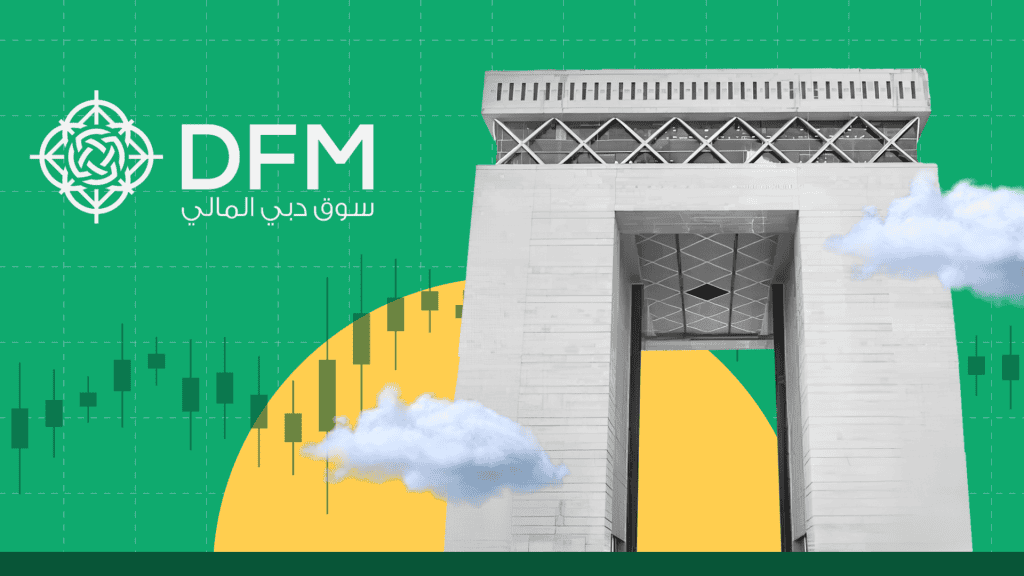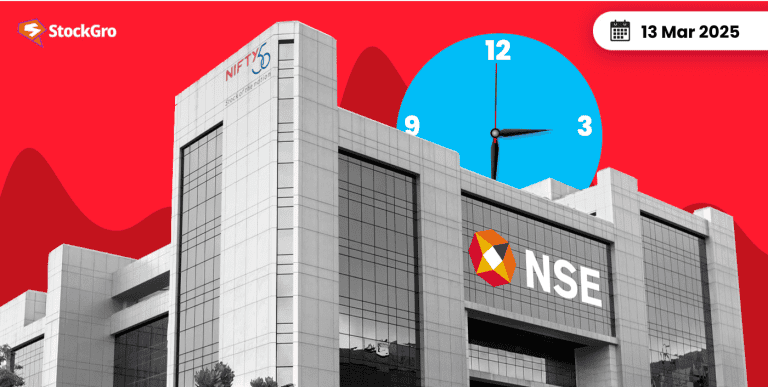
The Emirates economy continues to move in top gear from massive growth in Dubai’s luxury transport services to billion-dollar energy projects and a fresh national investment strategy—a lot is happening. Let’s break down what’s driving this momentum and what these numbers tell us about the region’s growing financial strength.
Dubai’s luxury transport sector hits record highs
2024 was a big year for Dubai’s luxury transport scene. Whether it’s high-end rides or e-hailing services, the numbers speak for themselves.
| Metric | 2023 | 2024 | Growth |
| Total Luxury Transport Trips | 30.2 million | 43.4 million | +44% |
| Total Passengers | 52.6 million | 75.6 million | +44% |
| E-Hail Trips | 24.6 million | 32.5 million | +32% |
| Operating Companies | 9 | 13 | +44% |
| Fleet Size | 12,602 vehicles | 16,396 vehicles | +30% |
This rise reflects more than just convenience. It shows Dubai’s growing appeal as a place for business, leisure, and everything in between. The Roads and Transport Authority’s (RTA) vision seems to be working well, matching rising demand with better infrastructure and smarter mobility options.
UAE launches $65.4 billion national investment strategy
A new wave of growth is coming, and it’s being driven by a clear roadmap—the UAE’s National Investment Strategy 2031 (NIS 2031). Backed by the leadership of Sheikh Mohammed bin Rashid Al Maktoum, this plan aims to double the annual foreign direct investment (FDI) inflows by 2031.
Here’s a glance at what’s being targeted:
| Investment Metric | Current | 2031 Target |
| Annual FDI Inflows | AED 112 billion (~$30.5 billion) | AED 240 billion (~$65.4 billion) |
| Total FDI Stock | – | AED 2.2 trillion (~$600 billion) |
Key sectors driving this initiative include:
- Manufacturing
- Financial services
- Logistics
- Renewable energy
- Information technology
With 12 strategic programmes and 30 targeted initiatives, the NIS 2031 is designed to make the UAE an even stronger magnet for global investment. The focus isn’t just growth—it’s sustainable and diversified economic expansion.
Middle East trading volumes reach new highs
2024 was also a game-changer for trading activity across the Middle East, especially in the Emirates. Digital infrastructure, strong financial regulation, and favourable tax benefits made the UAE a hotspot for traders and trading firms.
Here’s what stood out:
- Trading volumes continued rising, building on the $6.8 trillion turnover reported in 2023 by players like MultiBank Group.
- The online trading platform market, valued at $9.57 billion in 2023, grew by 7.3% in 2024.
- Saudi Arabia’s main stock exchange, valued at $3 trillion, and Abu Dhabi’s stock exchange performed well.
The ecosystem is becoming more refined too:
- Regulatory improvements helped ease cross-border trading across Gulf countries.
- Technologies like blockchain and advanced algorithms have become standard across modern trading platforms.
- Fintech growth remained strong, with Saudi Arabia’s fintech companies increasing over 140% by 2023 and continuing to expand in 2024.
Simply put, the region is becoming more investor-friendly by the day.
Siemens Energy bags $1.6 billion power plant deal in Saudi Arabia
Big energy deals continue to make headlines. Siemens Energy, along with Harbin Electric International, has secured a $1.6 billion contract to provide critical infrastructure for two new gas-fired power plants in Saudi Arabia—Rumah 2 and Nairyah 2.
| Project Highlights | Details |
| Contract Value | $1.6 billion |
| Power Output | 3.6 GW (enough for 1.5 million homes) |
| Key Components | Gas & steam turbines, generators |
| Manufacturing Base | Siemens Energy Dammam Hub |
| CO2 Emissions Cut | Up to 60% vs oil-fired plants |
These plants aren’t just about power—they’re a step toward Saudi Arabia’s net zero 2060 goal, with infrastructure designed to support future carbon capture technologies.
This deal also continues Siemens Energy’s strong track record in the region. With previous projects like Taiba 2 and Qassim 2 already contributing 4 GW to the national grid, the company is deepening its manufacturing presence and helping the Kingdom modernise its power sector.
What does all this mean for the region’s future?
When you zoom out and connect the dots—booming luxury transport, a clear FDI roadmap, surging trading activity, and major energy projects—it’s clear that the Emirates and the wider Gulf region are building something bigger than just numbers on paper. They’re investing in a diversified, future-ready economy.
This kind of growth isn’t a one-time fluke—it’s the result of long-term vision, policy alignment, and a solid push toward innovation. Whether you’re a trader, an investor, or just someone tracking economic trends, it’s worth keeping an eye on the Middle East. The region is no longer just a side player—it’s becoming a core part of the global financial ecosystem.
Empower UAE students with financial literacy! With 60% eager to learn and 35% of the population under 25, our interactive stock market programs bring investing to life.
Educators and partners, let’s shape the next generation of investors—join Stockgro today!
